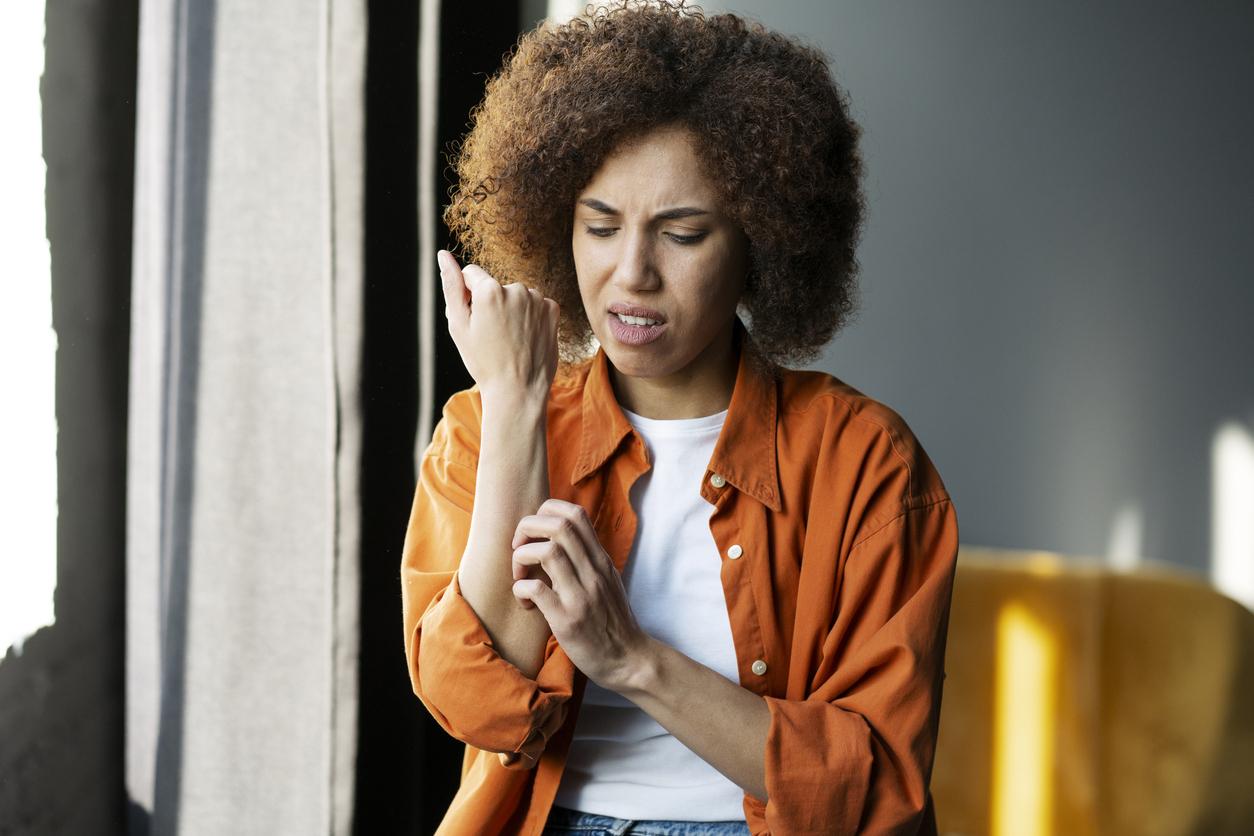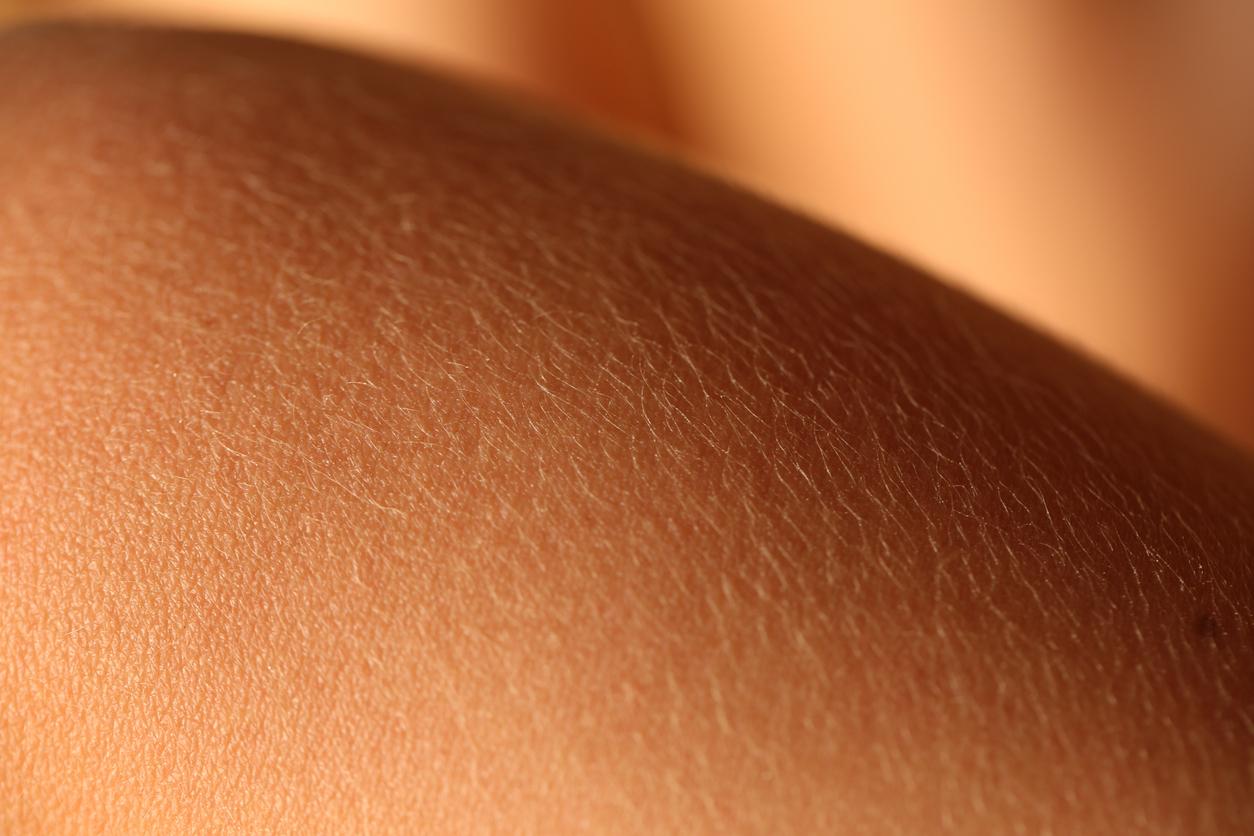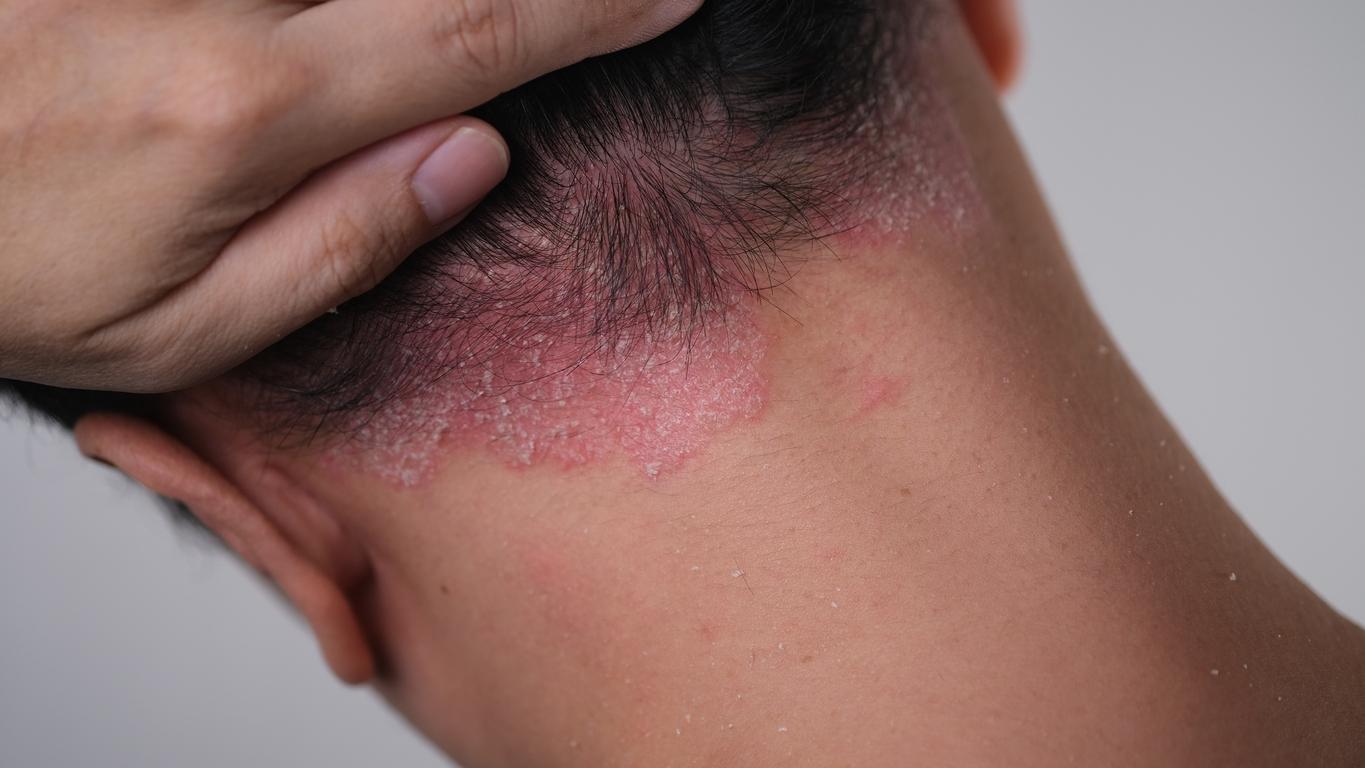
Summer yeast causes spots and flakes
Pityriasis versicolor is a harmless skin condition that often occurs in summer. A yeast causes spots and flakes on the skin. That’s why we call it ‘summer yeast’. What can you do about it?
All kinds of bacteria, fungi and yeasts live on healthy skin. One such yeast is the Malassezia furfur. Usually you don’t notice it, but under certain circumstances an overgrowth of this yeast occurs that affects the top layer of skin. It’s called ‘Pityriasis versicolor’.
The yeast thrives especially well when it is warm, moist and the skin is oily, for example by using (sunscreen) cream. This ‘summer yeast’ is therefore more common in summer and in warm, humid countries.
Symptoms
Pityriasis versicolor disrupts the formation of pigment in the skin. This will give you discolored spots. If you have very light skin, the spots are darker than the normal skin color. If you have dark skin or if you have become a bit tanned by the sun, the spots will become lighter than the rest of your skin.
The spots often develop flakes, which you sometimes only see if you stretch the skin a bit. In addition, you may suffer from itch.
Therapy
Wash without soap and rinse your body well if, for example, you have used shampoo. Then dry yourself carefully and do not use greasy (sunscreen) cream or body lotion. If you only have a few spots, you can rub them with imidazole cream.
You can also treat the spots with special shampoo and creams, such as shampoo with selenium sulphide (or: selenium sulfide). Apply this shampoo daily to your body and scalp for a week. Rinse it off after ten minutes. It is available at pharmacies without a prescription.
If the summer yeast keeps coming back, your doctor can prescribe other creams or a course of anti-yeast pills, but those pills have many side effects.
How long spots?
The flakes usually disappear quickly, but the discolored spots are still visible for a long time. They disappear after three to six months. Gently expose your skin to the Sun, then you will no longer see the spots over time. Unfortunately, pityriasis versicolor can always come back.
Sources):
















